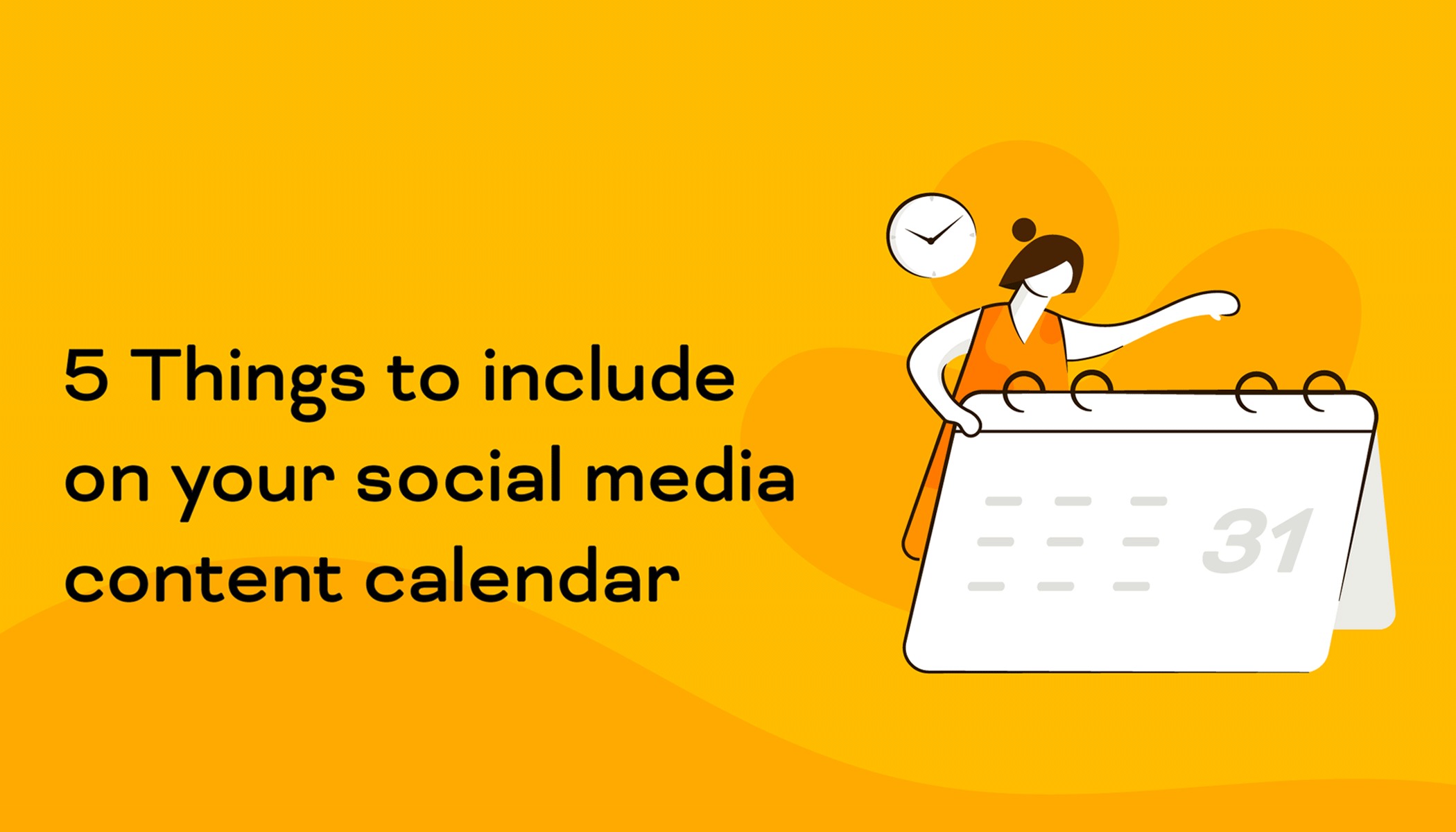A Guide to practicing ethical SMM
- Last Updated : August 17, 2023
- 5.6K Views
- 7 Min Read

Imagine you’re at a crowded marketplace bustling with people. You can shop for virtually everything here, from real estate to advertising space—even tools that can help your career. Like every marketplace, this too has dingy alleyways that seem to lead to nowhere. This is the social media experience in a nutshell.
You can meet new people, be part of communities, get information, and shop for services and products. And yes, you can also shop for Facebook likes, Twitter followers, or Instagram hearts—anything it takes to make your business look bigger than it really is.
But it’s not that easy, is it? After riding the initial high of seeing your numbers shoot up, comes the fall of having to manage the consequences of inorganic growth. Your entire marketing ecosystem takes a hit by indulging in unethical a.k.a black hat techniques. Even if you tell yourself it’s just one little strategy to game the algorithm a bit—give your business a quick boost on social media—we’re going to spell it out for you right now: don’t do it.
Ethics aside, most of these controversial practices that we’ve dubbed black hat techniques go against the terms of service of every social network. And that’s never a good idea. There are plenty of black hat techniques that have hit the radar in the past few years. Some of them are:
- Buying fake followers, likes, or comments
- Creating dummy accounts to increase followers
- Using bots to boost your engagement, and follow new accounts
- Sharing hyperlinks posing security risks
- Creating negative publicity for competitors using dummy accounts
- Hosting fake reviews on your brand’s social media channels
- Participating in unethical groups like Instagram pods*
*large communities of Instagram influencers who add follows and likes on each other’s posts to rig engagement metrics.
How does it affect you?
a. Weakens your SEO
Practicing black hat social media marketing is just as harmful as using black hat SEO, perhaps even worse. Even if you think your under the table techniques are restricted to social channels, the impact leeches into your search engine rankings, affecting your brand’s SEO framework, as well.
It’s simple—if you had a thousand likes on your Instagram profile one day, and suddenly grew to 20,000 the next week, Google’s social monitoring algorithm will be alerted to this and start looking for discrepancies. If you got those likes through inorganic click farming, then there’s a chance your search rankings will drop. This is also true of social profiles filled with spammy, off-topic content.
b. Exposes inconsistencies
While it’s an easy option to artificially inflate your numbers overnight, it’s not so easy to manage the consequences that come with it. Social media users are becoming more and more aware of how the web works and when they’re being tricked. Even if a profile suddenly shows a shocking growth in follower count or likes, if its engagement remains near-constant, it sends out alarm bells. Follower-to-engagement ratios are often skewed across profiles that have bought fake followers. In profiles where even engagement metrics have gone up, it’s easy to tell that the responses are bot-generated and not organic. Many companies that purchased a fake following have the same set of profiles following all of them.
Let’s say you pulled it off and managed to convince everyone that your social media presence is legitimate. Now comes the tough part—retaining your organic audience and building over the existing number. If your social strategy involves buying the numbers you want to see and not working on a content strategy, you can quickly lose traction. After all, unfollowing a page is only a click away. Buying your way to internet fame is never a sustainable option.
c. Networks are nailing down penalties
With data privacy concerns at an all-time high, networks are clamping down harder than usual on fakes. Recently, Facebook made news for removing 800 million and 754 million fake accounts off the platform in just the last two business quarters. That’s a staggeringly high figure for a network that boasts daily active users at 2.27 billion.
But it doesn’t stop there. Twitter and Instagram have also followed similar measures by performing their versions of what social media is callingThe Purge.
The result? Millions of accounts were implicated, with numerous celebrities losing millions of followers. Twitter’s monthly user count also suffered a beating in the process, dropping by a whole 9 million, overnight—the consequence of handling all these problematic accounts.
Instagram, for its part, released a statement hinting that it, too, has been taking action against users engaging in inauthentic follower-building practices. Besides weeding out fake profiles, resulting in another round of politicians, celebrities, and influencers losing followers in a flash, the network also announced that it would punish guilty profiles by restricting features.
With a high volume of spammy accounts floating across social networks, it’s unwise to invest in building these fake numbers. Because when the networks bring the hammer down, it can be a real blow to your brand image—like when Akon lost nearly 56% of his Insta followers, after The Purge (seriously!).
d. Loss of credibility
You know what’s the worst thing that can happen to you on social media? Something even worse than being trolled for a bad pun or a cheesy tweet? Loss of reputation. It’s so difficult to build up a reputation on social media, but it’s super easy to lose it. If you thought that disrespecting your followers took the top prize for the “worst things to do on social media” list, there’s a new challenger. Cheat them with a fake social media presence. Buy your followers and likes. Show them it’s not really you running the show, but some third-party brand that’s helping you garner all these false publicity points for your routine social media flex. Of course, we mean you should be doing none of that.
How to handle social media black hats and foster a fair, healthy web
If you’re a business on social media, managing it comes with a whole bunch of checks and balances. At the top of the table you have the biggest concern of data-security, with a host of apps asking to use your social media information and have access to your profile information. It doesn’t stop there though.
From adherence to privacy laws, to content ownership, down to intellectual property infringement, every action taken on your social media profiles have to adhere to a policy that aligns with the terms and conditions of the network.
With this also comes the need to due diligence before entering the social media space as a commercial entity. Why? Because you should not only know how to guard yourself against these black hat techniques, but also know what to do when you spot one. Here are some pointers to guide you along the way:
i. Mark things as spam
It doesn’t matter if you’re a business entity or not—if you’ve used social media, then you know that it’s easy to mark virtually any piece of content on a social network as spam. If you run into a suspicious user that looks like a bot or a spam account, simply report or block the user. This help keeps your brand presence free of junk accounts, retaining only real followers, and it helps crack down on junk accounts.
ii. Get in touch with Legal
Most social media networks let you reach out to their legal department, directly from their page. If you have legitimate grounds for a complaint, then contacting Legal is one way of fighting black hat social media techniques that you encounter. It may be helping take down a page, or reporting inflammatory content, plagiarism, or copyright infringement.
iii. Contact Google
If you’ve identified a problematic page or profile, and feel the brand running it shouldn’t get ranked on Google, you can use the good ol’ webspam reporting page. This will help alert Google to the presence of malicious profiles and rank them lower in searches.
iv. Go organic
It could be paying for ads, running a campaign, or coming up with a content strategy. Avoid quick-fixes that give you only short-term gains, but rob you of long-term social media credibility.
v. Avoid mass reposting
What you think is sharing can sometimes cross the line into spamming. While scheduling posts through a third-party tool, it’s better to not go all out with the post-repeat function. Always iterate posts differently, and space them out if you’re going to repeat them. Bulk-posting the same content can get sirens blaring and lead to the network penalizing your brand.
vi. Keep credentials secure
From setting up two-factor authentication to changing password credentials routinely to ensuring that your credentials are managed securely, this is one of the simplest step you can do to guard your social channel against being run over by any malicious online entity, making you susceptible to hacking and spam.
vii.Do your research on social media tools
While this may seem obvious, it’s important to note that many brands fall victim to FOMO and end up trialing a bunch of tools that add no value to their business whatsoever. In a worst case scenario, it brings more harm than good. So do your homework before you go around investing in services or tools that promise to “enhance” your social media presence—some of them are click farms masquerading as actual social media tools, and can be using unethical practices without your knowledge.
A Black Hat strategy may look like it can give you a quick return. But at the end of the day, it fails to pull its own weight as it completely misses the entire point of building a social media presence—making important connections with the world out there.
 Amruthavarshinii
AmruthavarshiniiChats & writes about anything from social media, culture, to how chai latte isn't a real thing.


